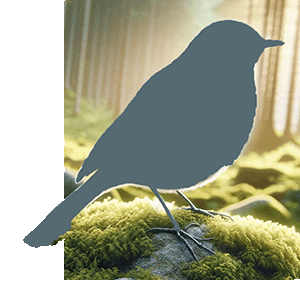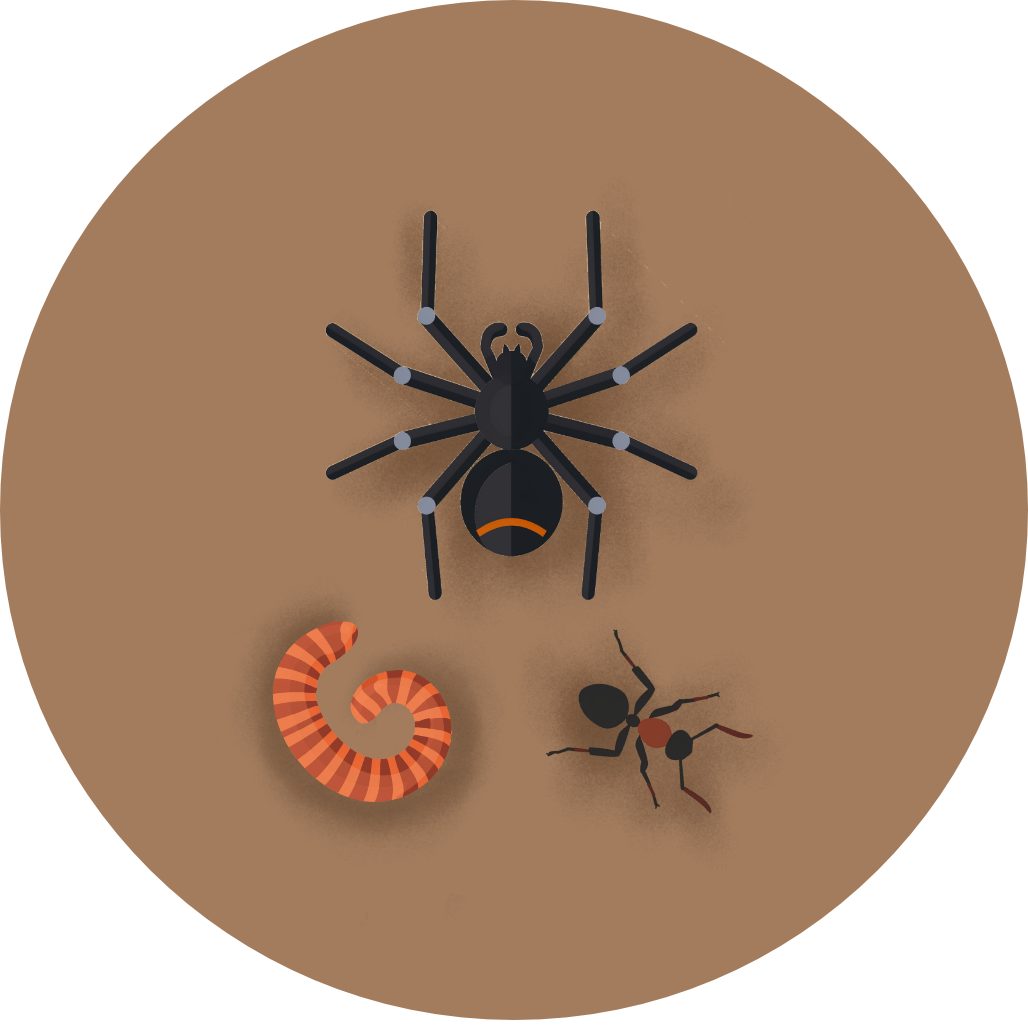
Shining Bronze-Cuckoo
Chrysococcyx lucidus
Also known as: Shining cuckoo, Pipiwharauroa


Chrysococcyx lucidus
Also known as: Shining cuckoo, Pipiwharauroa

The shining bronze cuckoo, or pīpīwharauroa in Māori, is a small, dazzling summer visitor to New Zealand. About the size of a house sparrow, this jewel-like bird often enchants listeners with its distinctive, whistling call as it flits through the forest canopy.
1. Iridescent emerald-green back and wings that catch the light brilliantly
2. White underparts with bold, dark green horizontal stripes
3. Distinctive, repeated whistling call that rises in pitch: "fee-fee-fee-feee"
Shining bronze cuckoos are brood parasites, laying their eggs in grey warbler nests. The cuckoo chick hatches first and pushes out the host's eggs or chicks. These birds have a fascinating ability to eat hairy caterpillars that other birds avoid, thanks to a specially adapted stomach lining. They migrate to Pacific Islands for winter, making an impressive ocean crossing. Window strikes during migration are a significant threat.
Look for shining bronze cuckoos in forested areas throughout New Zealand, from September to March. They prefer to stay high in the tree canopy, making them challenging to spot. Listen for their characteristic whistling call, especially during early morning and evening. These birds are often found in areas with plenty of grey warblers, their primary host species. Tip: Scan the outer branches of trees where they often perch to call or hunt for insects.
Known as pīpīwharauroa to Māori, the shining bronze cuckoo has long been celebrated as a harbinger of spring in New Zealand. Its arrival is traditionally associated with the start of the planting season. The bird's Māori name poetically translates to "the whistler that heralds the spring."
16 cm
23 g





Coming Soon!
Top birding locations will be available in a future update.